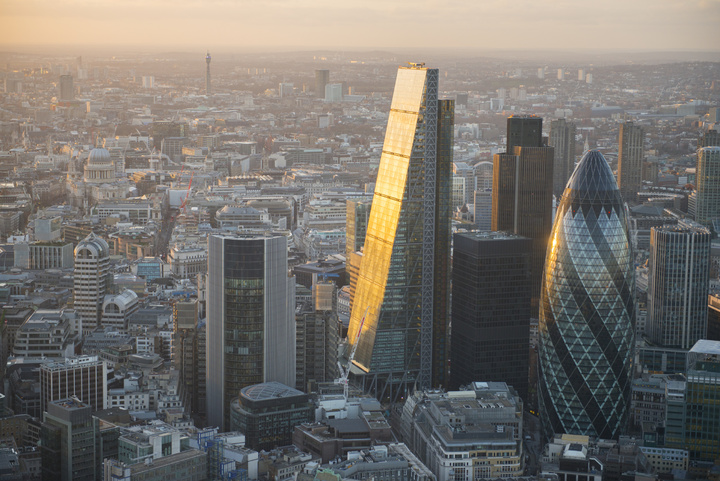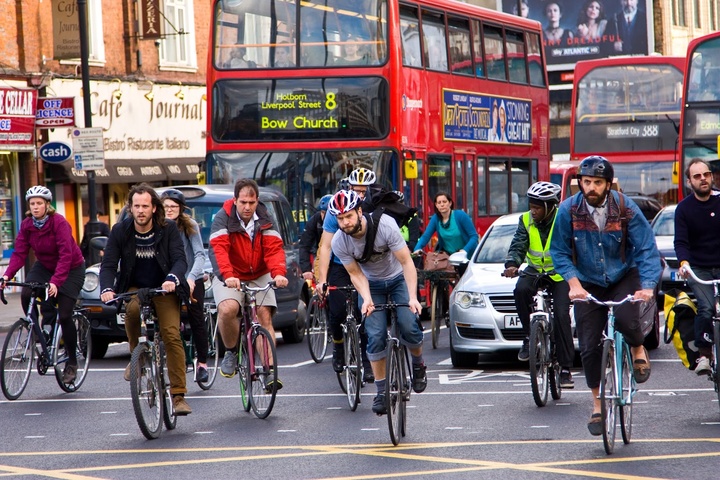Designing a new building is never a simple matter. It involves not only the appearance and structure, but also the choice of building materials, as well as the location and user needs.
But in the future, if you want to build a high-rise building in the city of London, you may have to think more about the wind speed, wind direction and other indicators. The purpose is not only to ensure the stability of the building itself, but also to take care of the pedestrians and the city. The safety of the rider.

According to the Wired report, the City of London management recently released a development guide to set up New Wind Speed Guidelines >.
Specifically, if future building developers want to build a building that is more than 25 meters high, they should provide test and physical simulation data for up to 36 wind directions; if it is a building with a height of 50 meters or more, provide A more comprehensive wind speed assessment to ensure that no strong airflow is generated that would strike the ground.
The
rule also lists clear wind speed indicators. For example, the average wind speed on the ground pedestrian pavement should not exceed 8 m/s, while in public places such as cafes and restaurants, the average wind speed needs to be less than 2.5 m/s. It will be classified as “human discomfort”, and developers should consider redesigning the structure of the building or surrounding vegetation.

▲ Li Dehe Building Skyscraper
There is a first time in the UK for clear indicators of wind speed and wind direction for building developers, but it is also related to the large number of skyscrapers in the city of London in recent years, such as the Li Dehe building in the shape of a “cheese planer”. Building.
It is expected that by 2026, there will be 13 buildings in the city of London with a height of 78-305 meters.
However, due to the relatively flat terrain of the city of London, most of the buildings are still dominated by low-rise bungalows. The high-rise buildings are rare. This unique urban layout makes the skyscrapers easier. The so-called “wind tunnel effect” has emerged.
▲The formation of the “wind tunnel effect”. Image from: The Times
In simple terms, once a strong air current hits the outer walls of these skyscrapers, it will continue to move in other directions. The downward airflow naturally flocks to the gap between the ground and the low-rise buildings, increasing the ground speed and attracting pedestrians. A lot of inconvenience.
In addition, London’s public bicycle system is also very mature. Over the years, the government has invested in a number of dedicated bicycle lanes and infrastructure, so there are a large number of urban riders in the area. However, if the wind on the road exceeds the standard, the rider is likely to be forced by the wind pressure to the road, causing a safety accident.

Roger Geffen, Director of the British Cycling Federation When interviewed by the Guardian, also said that he found a similar problem after the completion of the 230-meter London Bishop’s Gate Building:
“Where I was able to ride freely, now there is a wall that I can’t see. People are thinking about how to make the building higher, but no one cares about it. What impact does the cyclist have?”
In 2011, a 32-story building in Leeds, England, had a rare strong wind and directly knocked over the trucks on the road, killing a pedestrian. Later investigations revealed that the wind speed on the ground had reached the level of a Category 1 hurricane.

In 2014, after the completion of the London Financial City in Building 20, the Finocchi Street, known as the “Intercom”, many citizens also reflected the impact of wind speed changes on the streets. For example, when crossing the road, the wind would be particularly strong.
Plus the building uses a lot of mirrored glass, and the hot sun reflected in the summer to the surrounding apartments and roads will also cause the temperature to rise.

▲Finchoch Street Building 20
Before, local managers have been ignoring the wind speed impact of the building. Until the recent increase in the number of high-rise buildings, it has become the focus of attention in the city of London.
Alastair Moss, Chairman of the City of London Planning and Transportation Committee, said the new mentoring program will take the cityCity cyclists and pedestrians are at the heart of urban planning, prioritizing their safety and experience to cater to changing urban needs.
Source: Fortune